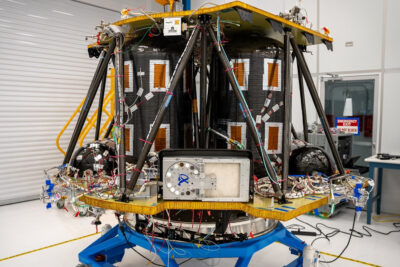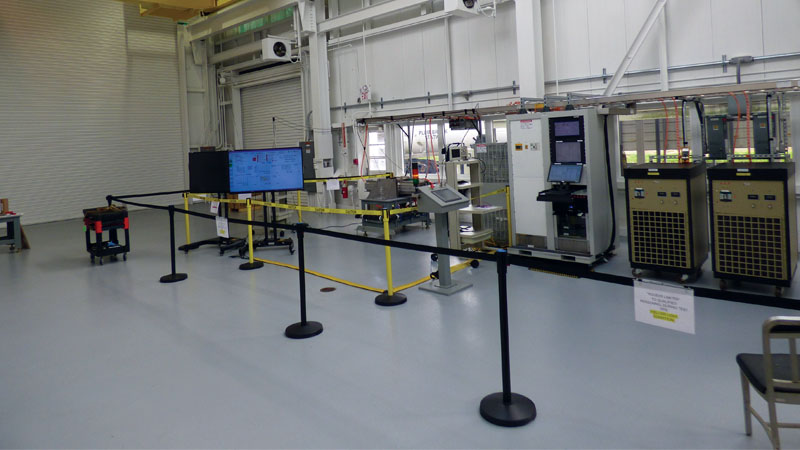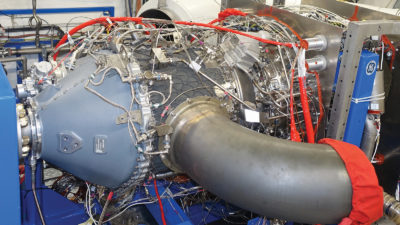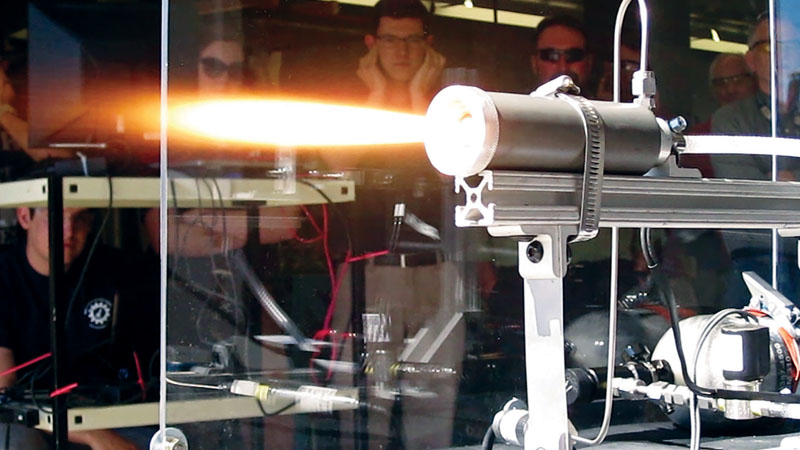The changing face of flight testing
By Karl Garman, Andrew Freeborn, Starr Ginn, Bruce Owens and Brent Cobleigh|December 2016
The Flight Testing Technical Committee focuses on testing of aircraft, spacecraft, missiles or other vehicles in their natural environments.
Key events of 2016 evidenced the flight testing community’s adaptive moves into nontraditional fields, vehicles and facilities.
In July, the two pilots of the Swiss Solar Impulse 2 aircraft completed their multistop, around-the world flight, when the aircraft landed in Abu Dhabi, United Arab Emirates. The zero-fuel aircraft demonstrated the capabilities of combining solar-electric technologies, lightweight means of construction and in-flight energy management strategies.
Nontraditional entrants continue to emerge in the unmanned aircraft systems, or UAS, field. Most notably are companies with information technology as their core business focus. Facebook exemplifies this trend with its solar-powered Aquila UAS, which first flew June 28 in Yuma, Arizona. The company’s vision is to use high-altitude and high-endurance UAS to broadcast internet services to currently underserved portions of the world. NASA and its international partners completed a novel flight test, not of a vehicle, but of the human body. Astronaut Scott Kelly returned to Earth in March after 340 days on the International Space Station. His identical twin, retired astronaut Mark Kelly, acted as the experiment control to help find differences between living on Earth and in space. NASA anticipates that data from the twins’ experiment will help us understand the human factors of long-duration spaceflight and how to design systems and procedures to enable such missions.
NASA also conducted blended manned/unmanned flight tests in support of UAS airspace integration. The Flight Test Series 4 program involved tests of a “Detect and Avoid,” or DAA, guidance algorithm. This work supported the validation of DAA minimum operational performance standards and collaboratively involved General Atomics Aeronautical Systems, Honeywell and RTCA, based in Washington, D.C. The flight tests were executed over 260 unique air-to-air encounters during a nine-week period. NASA tested its Ikhana UAS, equipped with a representative DAA system, against multiple role-playing intruder aircraft. DAA is essential to safe UAS integration into the National Airspace System, for which this project generated copious data.
In airborne sciences flight testing, NASA used an F/A-18 to generate sonic booms during research flights aimed at determining how low-altitude turbulence affects the loudness of sonic booms as heard on the ground. The Sonic Booms in Atmospheric Turbulence project utilized three ground microphone arrays, an instrumented TG-14 motor glider to measure the boom level and weather-recording equipment to characterize the atmosphere. Twenty flights were flown at Edwards Air Force Base, California, July 11-22.
Several distributed hybrid electric propulsion projects are entering their flight testing phases. An evident example is the April 18 test of the Virginia-based Aurora Flight Sciences’ 20 percent subscale demonstrator for its DARPA-funded LightningStrike vertical takeoff and landing experimental plane, or VTOL X-plane. Aurora anticipates the full-scale VTOL X-plane to be the first aircraft to demonstrate a synchronous electric-drive system with distributed hybrid-electric ducted fan propulsion, providing high efficiency in both hover and high-speed forward flight.
The FAA reauthorization bill extended the use of the UAS testing facilities, with the six sites now authorized through September 2019. These sites support the work of the FAA’s William J. Hughes Technical Center in New Jersey. The center collects data for both safety-related and capability improvements to the National Airspace System.
Two rotorcraft flight-test accidents, with two fatalities apiece, set back their respective visible projects. The AgustaWestland AW609 civil tiltrotor prototype crashed in northern Italy while performing high-speed tests in October 2015. The aircraft had been due to complete its flight-test program by the end of 2016. Bell Helicopter’s experimental 525 “Relentless” vehicle was conducting developmental flight tests July 6 near the company’s Texas facility. As of this writing, both accidents remain under investigation by respective authorities. ★

































